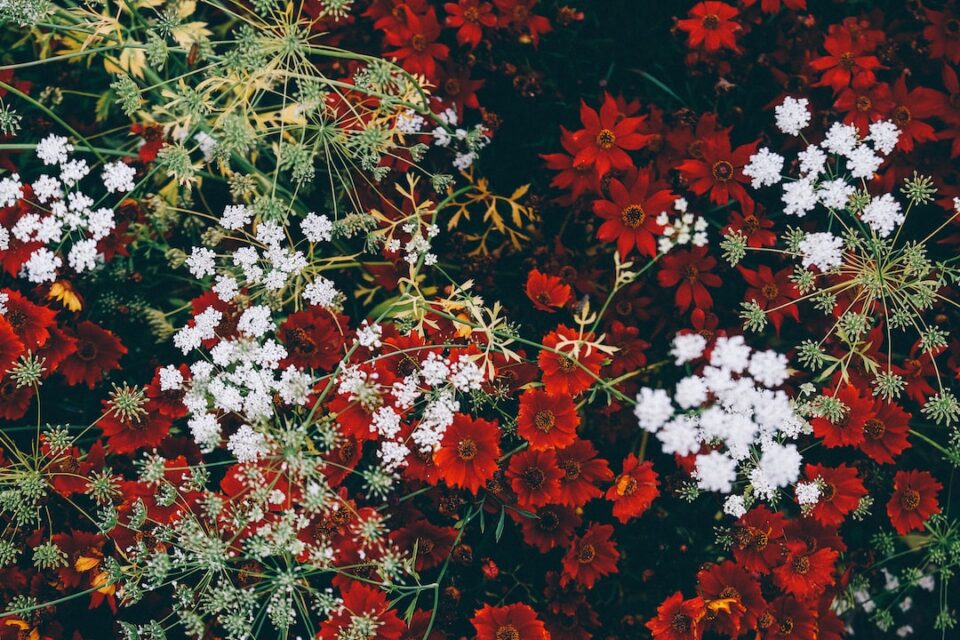If you live in a small apartment or simply have limited outdoor space, you might think that growing a garden is out of the question. However, with a little creativity and some vertical thinking, you can create a beautiful and thriving vertical garden even in the smallest of spaces. Not only does a vertical garden save space, but it also adds a touch of greenery and freshness to your home. In this blog post, we will guide you on how to create a vertical garden in small spaces.
1. Assess Your Space:
Before you start building your vertical garden, take the time to assess your space. Look for areas that have ample sunlight throughout the day, whether it’s a sunny corner of your balcony or a well-lit windowsill. Consider the weight-bearing capacity of your chosen space, as a vertical garden can get heavy. Once you have determined the ideal location, you can move on to the next step.
2. Select the Right Plants:
Choosing the right plants for your vertical garden is crucial. Opt for plants that are well-suited for vertical growth and do well in containers. Herbs like mint, basil, and thyme are great options, as they are compact and require minimal space. Succulents and ferns are also excellent choices for vertical gardens as they can thrive in confined spaces and do not require frequent watering. Ideally, choose plants that have similar sunlight and water requirements to make maintenance easier.
3. Choose the Right Structure:
There are various structures available for vertical gardens, depending on the space you have and your personal preferences. Consider using wall-mounted planters, hanging baskets, or pallet gardens. You can also repurpose old items like shoe organizers, gutters, or even soda bottles to create your own unique vertical garden. Just make sure that the structure you choose is sturdy and can hold the weight of the plants and soil.
4. Prepare the Soil:
Proper soil preparation is essential for the health and growth of your plants. Use a lightweight potting mix that allows for proper drainage. Mixing compost or organic matter into the soil can improve its fertility and water retention capabilities. Be cautious not to overfill the containers with soil, as it might spill over when you water the plants. Leave some space at the top for ease of watering.
5. Plant Your Garden:
Once you have your structure and soil ready, it’s time to plant your garden. Start by arranging the plants according to their height and growth habit, with the tallest ones at the back and the trailing plants at the front. Make sure to leave enough space between each plant to avoid overcrowding. Gently remove the plants from their nursery pots, loosen the root ball, and place them into the prepared holes. Tamp down the soil gently to secure them in place.
6. Water and Maintain:
Watering is crucial for the survival of any garden, and vertical gardens are no exception. Monitor the moisture levels of the soil regularly and water accordingly. Vertical gardens tend to dry out more quickly, so make sure to water them more frequently than traditional gardens. However, be careful not to overwater, as excessive moisture can lead to root rot and other problems. Regularly prune your plants to maintain their shape and prevent overgrowth.
7. Enjoy Your Vertical Garden:
Once your vertical garden is established, take a step back and appreciate the beauty and functionality it adds to your space. Take care of your plants by providing adequate sunlight, water, and occasional feeding. Regularly check for pests and diseases and take appropriate action to prevent any damage. With proper care, your vertical garden will flourish and provide you with endless joy and satisfaction.
In conclusion, creating a vertical garden in small spaces is a fantastic way to add greenery to your home, even if you have limited room to spare. By carefully selecting the right plants, structures, and maintenance routines, you can enjoy a thriving vertical garden that not only saves space but also enhances the overall aesthetics of your living environment. So, put on your gardening gloves and get ready to transform your small space into a lush and vibrant oasis!

